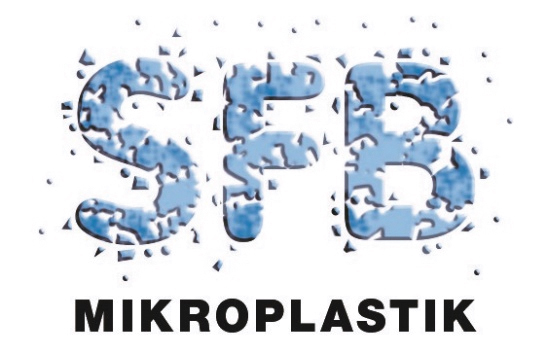News
SFB 1357 Beiträge SETAC 2021
03-06.Mai 2021
Session: Micro(Nano)Plastics and Associated Chemicals (I): Occurrence and Analysis
Title: Environmental Exposure Enhances the Internalization of Microplastic Particles Into Cells
Title: Environmental Exposure Enhances the Internalization of Microplastic Particles Into Cells
Presenter: Anja Ramsperger
Abstract: Research efforts and public attention on microplastic pollution was exponentially increasing during the last years due to the observed variety of effects on an organismal and environmental level. Plastic introduced to the environment undergoes processes of degradation and fragmentises down to microplastic. Furthermore, the colonisation by microbes together with biomolecules, forms an ecocorona on microplastic particles surfaces that enhances the ingestion of microplastic by organisms. Once ingested there is evidence that microplastics harm organisms and translocate in tissues causing histological changes and inflammatory responses. The reason for cellular internalisation is unknown, since this has only been shown for specifically surface-functionalised particles. The translocation of microplastics coated with an ecocorona into tissues may occur via either paracellular or transcellular pathway. The paracellular transport occurs in between cells by gap junctions for instance, whereas the transcellular transport occurs via the internalisation into cells directly. In our study, we investigated the transcellular pathway via cellular internalisation of environmentally relevant microplastic particles. After exposing microplastic particles to fresh and salt water, we identified biomolecules forming an ecocorona on the surface of microplastic particles by using scanning electron microscopy, µ-Raman spectroscopy, and X-ray photoelectron spectroscopy. We show for the first time that the coating with an ecocorona significantly enhances the internalisation of microplastic particles into macrophages compared to pristine particles without an ecocorona. Our findings highlight the importance of using environmentally exposed microplastic particles instead of pristine particles in eco- and cytotoxicity testing. The experimental outcome may change significantly when environmentally relevant scenarios are used compared to sterile laboratory conditions. These findings will help to better understand the risks deriving from plastic pollution.
Session: Environmental policy, risk management, and science communication
Title: Testing for the Absence of Effects in Ecotoxicology - an Overview of Current Methods and Alternatives
Title: Testing for the Absence of Effects in Ecotoxicology - an Overview of Current Methods and Alternatives
Presenter: Dr. Magdalena Mair
Abstract: Most scientific projects are designed to show the presence of effects. Standard null hypothesis significance tests with a point null hypothesis at zero are designed exactly for this goal. In other situations, however, the goal is the opposite: to demonstrate that negative side effects are absent. This is the case for instance in the registration of chemicals (e.g., under REACH) or during the approval of plant protection products. The issue is that standard hypothesis tests are ill-suited for this purpose, because they are asymmetric: a non-significant result is inconclusive and does not indicate that the null hypothesis is correct. This is because these tests do not control for type II errors, that is, false negative results. Effect size estimates and confidence intervals could be interpreted instead of p-values, but if the goal is to make a regulatory decision about the true absence of an effect, they have to be converted into a binary value.
To address this challenge, several methods have been suggested in the literature and in regulatory guidelines to distinguish true negatives (true zero-effects) from a lack of statistical power in the experimental setup (e.g., due to small sample size or high variance). These include post-hoc power analyses such as the minimum detectable effect (MDE) and minimum detectable difference (MDD), and the use of upper bounds of confidence intervals to decide whether true effects are negligible. As an alternative to standard tests, interval hypothesis testing can be used to test, whether true effects are significantly smaller than a predefined effect size that is considered acceptable. A further option would be to switch to Bayesian statistics and use Bayes factors to decide whether a zero-effect (or predefined acceptable effect size) is more likely than a non-zero effect (or effect larger than acceptable).
We review and compare these different methods using theory and simulation, discuss their advantages and weaknesses and argue that the inclusion of alternative methods into the toolbox of ecotoxicity research and environmental risk assessment could benefit the reliability of regulatory decisions.

